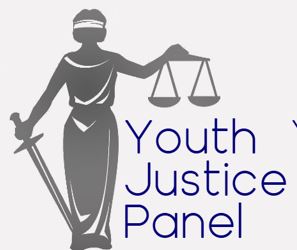An insightful article in the Australian 1st of April 2025 by Natasha Bita, ‘bells the cat’ on the reality of the environment in our schools and why the academic levels are declining, and crime committed by young people continues to escalate both in frequency and severity.
It is clear that we will never make inroads into these critical issues plaguing our society without the intervention the author lays out.
It is evident that poor government management is responsible; however, not all the blame can be levelled at the politicians, as the two major agencies that can make a difference are Education and the Police.
The non-action in this space by both agencies suggests that a major problem of demarcation is clouding the judgement of both.
The Police clearly think these problems in the school are the responsibility of the Schools. While that is correct, but only to a degree; the overall responsibility for Law and Order remains unequivocally with the Police, and they have failed to give this aspect of crime prevention the attention it needs, leading to the lawlessness we now endure.
Consecutive Police administrations have deliberately stood in the way of developing effective Police-in-Schools Programs, even going as far as to develop a shadow of the program to divert criticism.
From the Educator’s perspective, they have failed to establish behavioural boundaries and enforce them, coupled with maintaining basic discipline with students and parents, which has led to that profession becoming a high risk for staff and students alike. This has led to a marked decrease in academic performance in the education system.
In many ways, we are sympathetic towards the educators. School Principals’ have no access to police data that accumulates around a child who has committed crimes and attends a school.
For a child to receive a caution from the Police, it must be an offence for which the child accepts guilt, but they can front up to school the next day mixing with peers, and the educators are blissfully unaware of the criminality of the student who may well pose an unacceptable risk.
Moreover, the educators have no opportunity to work towards helping the child because they just don’t know.
Further to the issue of an Official Police Caution, a myth is promoted that children who are caught by Police committing a crime go to jail.
The vast majority of young children detected by Police committing a crime receive an Official Police Caution and, on many occasions, receive multiple cautions if they continue to offend. They are only then charged and brought before the Children’s Court, which is the only one that can jail a child.
There is some community concern about placing children in custody or remand, but by the time they are at risk of remand by a Court, the overwhelming majority of young people have already been cautioned on multiple occasions but chose to ignore warnings.
The warnings now from School Principals must be heeded.
The CAA is promoting the establishment a Youth Justice Panel to explore the issue and make recommendations on how the issue of Juvenile behaviour can be modified.
The need for Police in schools has never been more important than now.

